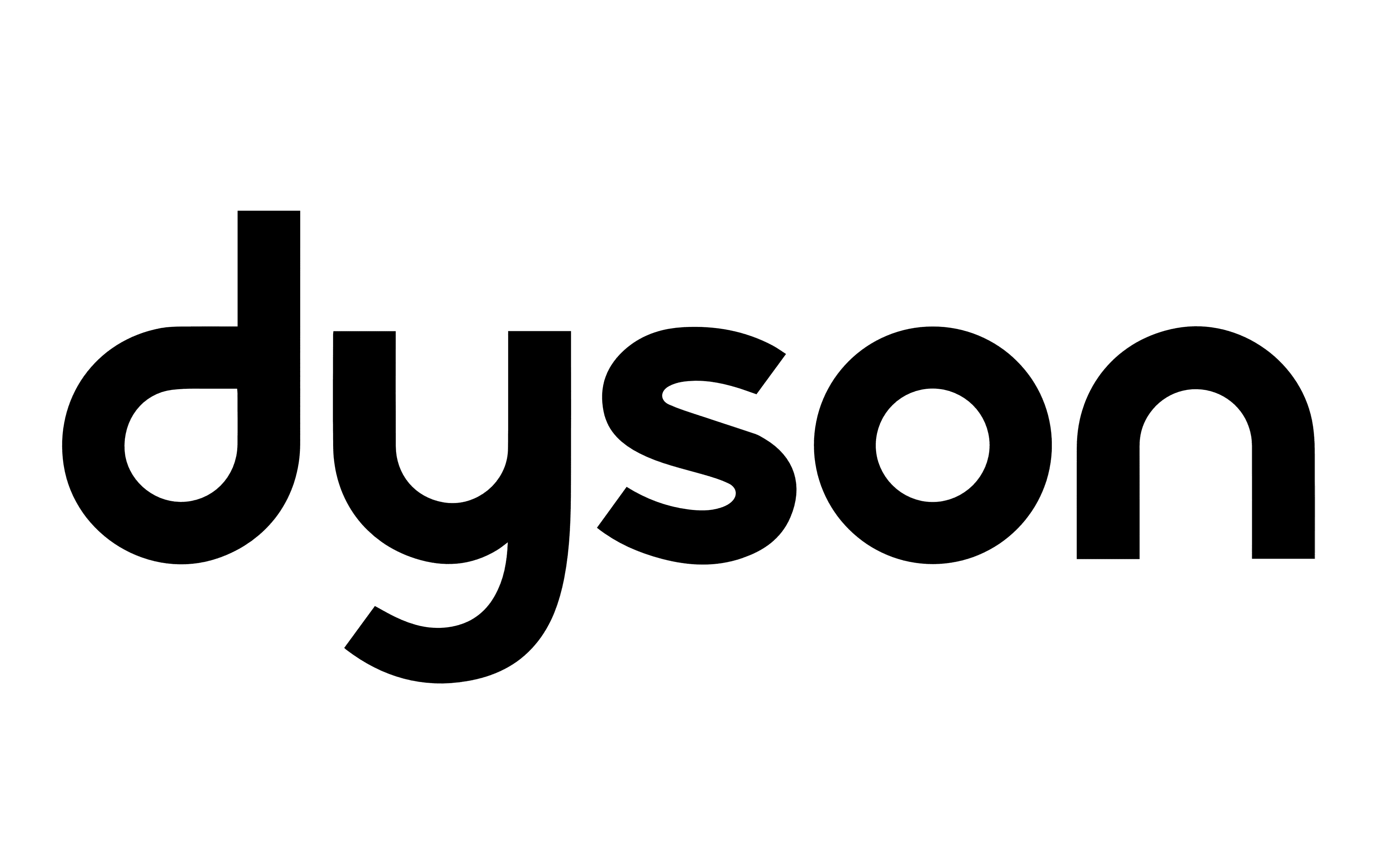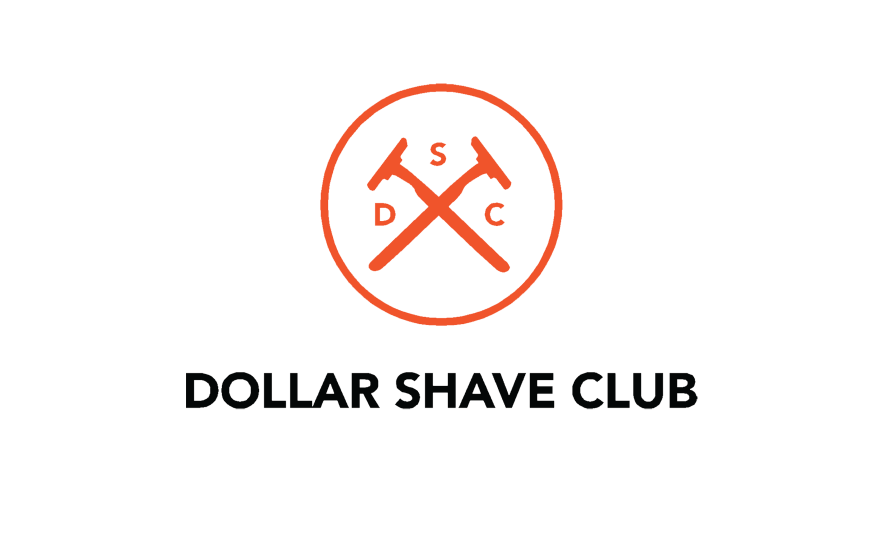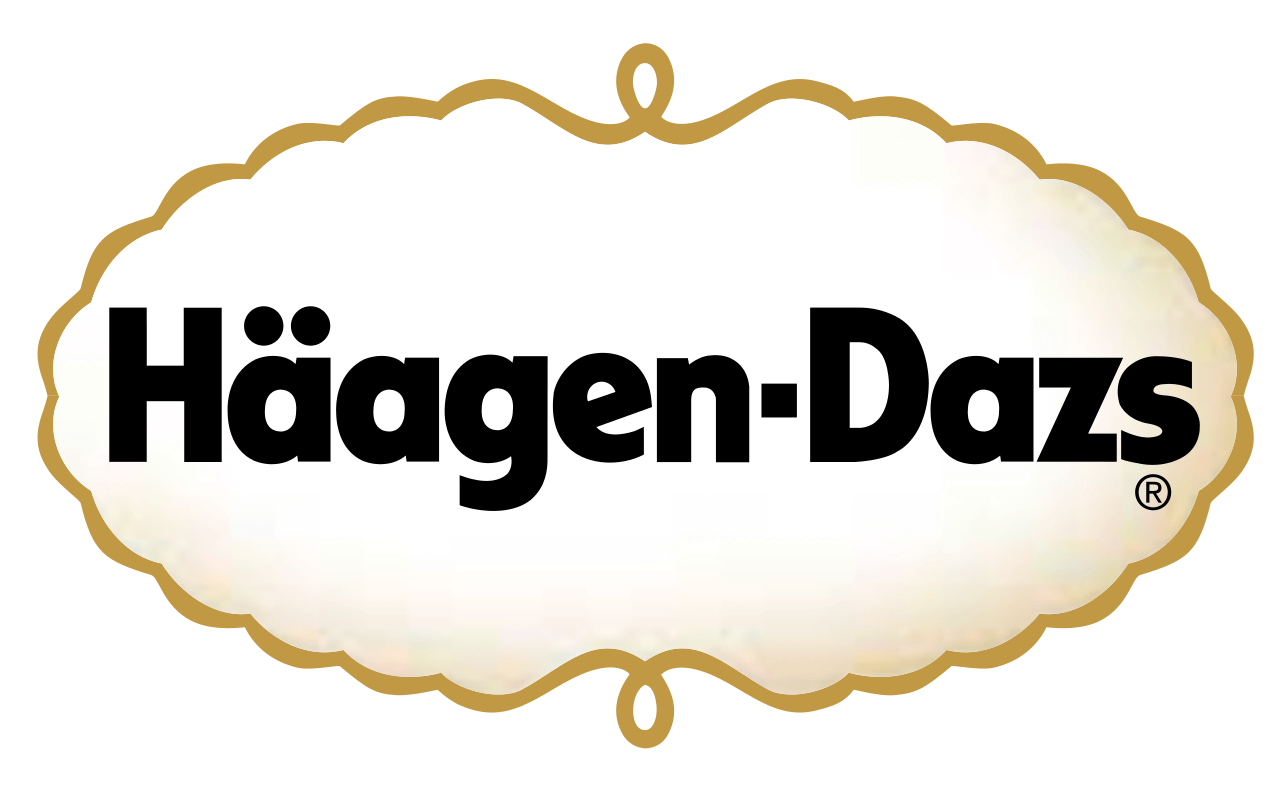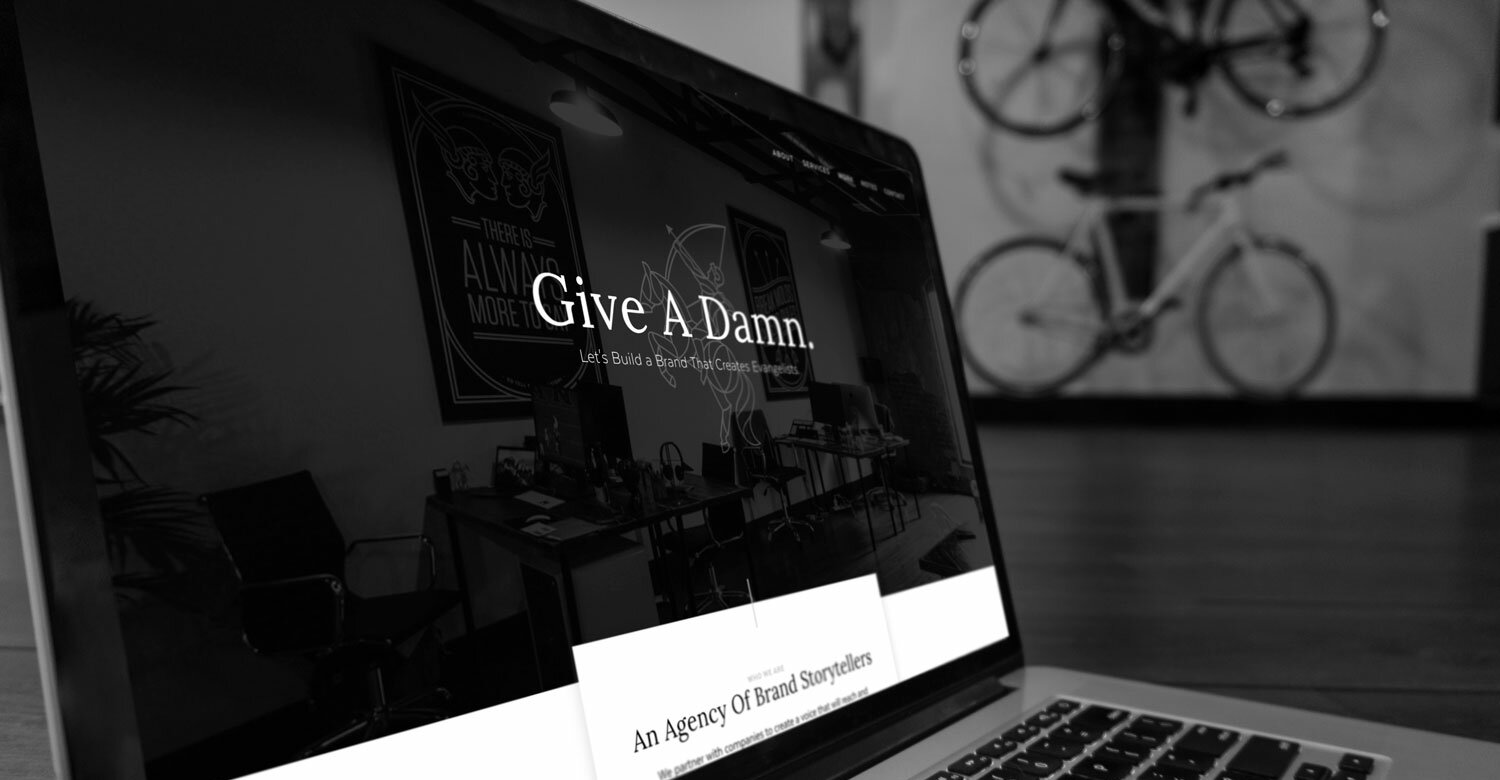Understanding The 12 Brand Archetypes
What are Brand Archetypes?
Great question, glad you asked! You’ll find that answer where you find most answers about General Public creative strategy – largely-debunked, early 20th Century Swiss psychoanalysis. Carl Jung believed he unlocked the ability to categorize the various possible personas found in the modern world. In total, he created a series of a dozen personas, strategically positioned in a circle with quadrants, each with an antithesis. The rest of the world wasn’t as impressed, but eventually, it was decided that while this approach may be overly simplistic for human beings, Jung’s twelve Archetypes more accurately described single-minded entities like businesses.
Since then, agencies like General Public have used the 12 Brand Archetypes, as they’re now known, to help facilitate brand conversations and align businesses with their audiences.
We should clarify – this is not new, not unique to us, and not invented by us.
What is novel, however, is how we use it.

Meet The Archetypes
Before we walk through how we use the wheel of Archetypes, we’d like to discuss each one briefly. We’ve found that in addition to an explanation, seeing an example brand for each Archetype helps people instantly click with the concept.
The Hero
The Hero Archetype is a single-minded servant to its stakeholders. Hero brands will run through a wall for those who depend on them and every choice they make is done with the customer in mind.
Almost every brand thinks they’re at least in some part a Hero. That should be true. Few brands are actually a Hero brand Archetype though.
The Rebel

There are a few Archetypes best explained through the lens of how they innovate. We’ll get to some who innovate to drive their industry forward and some who do it to create a sense of wonder. The Rebel is not either of those. The Rebel innovates due to a supreme desire to shake things up. To toss the status quo aside for no reason other than that it’s the status quo.
If you look up other brand Archetype blogs, you’ll see a lot of Rebel examples be the Harley or Playboys of the world. Rebel is a much better description of their audience than their brand itself. Here, we chose Virgin.
The Magician

Magicians are among the most innovative brand Archetypes, but the important note here is that Magician innovation isn’t always about technology or science. And even when that is the mode of the innovation, it’s presented to the audience as a feat of magic.
Think of the way Dyson introduces each new product – with a sense of wonder.
The Innocent

Brands who embody the Innocent Archetype appeal to us through the more tender emotions. Not romantic or sultry, Innocent brands use the sentimental aspect of their offering to convey core differentiators. You see this Archetype most widely used in industries where parents are a large target audience.
This is almost the inverse of the situation described with the Rebel. By that, we mean people can be narrow-minded about the application of this Archetype. You’re seeing more and more brands appeal to sweet emotions when selling traditionally unemotional products. Kleenex is a great example.
The Explorer

These are our adventurers, trailblazers, and free spirits. This Archetype isn’t exclusive to outdoor brands, but you do see a lot of them here. These brands make their appeal through adrenaline, plain and simple. If you’re bored by everyday life, an Explorer Archetype brand will try to convince you that whatever they offer will break you out of your rut.
As a less conventional example, think of the How It Feels To Chew 5 Gum commercials.
The Sage

We like to call this the Yoda Archetype. Sage brands exist to teach you how to fish, not give you the fish like a Hero brand might. Sages balance education and empathy. They don’t try to purely astound you with innovation – they try to help you understand and actually care that their innovation improves your everyday life. They’re the quiet innovators.
The Jester

One of the Archetypes with the most straightforward names, The Jester is about being funny and having fun. The single most important note about Jester brands is that there is one thing they do take seriously – their product. They don’t undercut product quality or differentiator quality to make their point, they make jokes about how it’s used.
Dollar Shave Club ads don’t make fun of Dollar Shave Club – they mock the act of shaving, the realities of business, and other personal grooming brands out there.
The Lover

The Lover Archetype is the one we had in mind when clarifying that The Innocent is sweet but not romantic. This Archetype is where romantic brands reside. More than simply thinking about it through the lens of an industry, the real through-line of most Lover brands is that their product interacts directly with the senses. Whether it’s consumed, worn, seen, or heard, these are typically products with a tactile bent to them.
While you may be thinking of desserts, perfumes, or colognes, you see the Lover Archetype embodied by car brands, musicians, and furniture brands. All products that aren’t utilitarian in their differentiators.
The Everyman

Often maligned as the least exciting of the twelve options, The Everyman is exceptionally affecting when done correctly. The ability to present yourself as part of the group you’re marketing to is the ultimate marketing tool. In one go, you’re establishing trust, expertise, and comfort. From there, you can sell virtually anything.
The Everyman is pretty synonymous with Americana brands like Levi’s, Coke, and Ford.
The Caregiver

While The Innocent Archetype appeals to our innate childlike wonder, The Caregiver actually, well, wants to take care of us. The Innocent can embody the spirit of a child, while The Caregiver embodies the spirit of the parent. These brands have a certain Sage-like quality, in that we trust their expertise, but we also trust them to do the work for us. While Sages teach, Caregivers nurture.
These Mommy Knows Best brands have to work hard to balance this parental nature with not being condescending. While their audience does want to be taken care of, they don’t want to be belittled or talked-down to.
The Creator

These are your true-blue innovators. The brands defining the future of their industry. They are often first to new technology, new methods, and new solutions, and they bear the burden of maintaining that status in perpetuity.
While these brands innovate in substance, they are equally known for innovating in style as well. Think of Apple, for example. Those with a deep knowledge of computers criticize the decisions that Apple makes, but their audience isn’t buying for computing power. They are buying because the latest Apple product is also the most sought-after accessory of the season.
The Ruler

The Ruler is a complicated Archetype to reconcile. These brands have sincere differentiators, but they ultimately market a simple idea instead – we are elite, we are status symbols, we set the standards that all others follow. And through us, you can be that way too.
In addition to Rolex, other Ruler brands include the likes of Brooks Brothers, Bentley, Tiffany & Co, and many others. What’s notable about this Archetype is that there are plenty of brands who have the status to be Rulers and choose not to. There are also some brands who don’t have the status and earn it through embodying the Ruler Archetype. While we have them labeled as Lover, Haagen-Dazs completely invented their name. Its gibberish meant to sound premium in nature, and through that effort, it became premium in perception.
How We Leverage Brand Archetypes
The 12 Brand Archetypes themselves are simply a collective tool, but they don’t imply a method or a process. How each individual or agency uses them is completely up to them. So, for the rest of this guide, we’ll be covering how we at General Public utilize the Archetypes with our clients at the outset of all projects.
To elaborate on the “all projects” note, it means exactly what it sounds like. When we onboard a client, whether it be for a brand overhaul, a new website, or a piece of print collateral, it’s vital that we know where they live in terms of an Archetype. While some folks may only loop in these exercises for branding projects, we view everything we do as a branding project in one way or another.
Anyway, onto how General Public utilizes the Archetypes!
Step 1 – Analyzing The Competition
We don’t find it particularly useful to choose an Archetype without understanding the competitive landscape through the same lens. Even if you believe your brand is best suited for the Sage, if your industry is dominated by Sage brands, you’re likely to get lost in the shuffle. It’s important to place yourself strategically in your market with an Archetype that provides you a competitive advantage – not just an Archetype that makes you feel good.
Generally, we take a look at 3 competitors that our client is fighting for market share with. We dig through their website, their social media channels, their advertising, and their reviews. From there, we make a list of the messaging they lead with and the differentiators they choose to market.
With those details in tow, it’s typically pretty easy to identify the Archetype they’re trying to embody. In addition to choosing the Archetype, we also note any secondary Archetypes they embody on a case-by-case basis, and our perception of their success at hitting the target of the primary and secondary Archetypes.
That last note is pretty important – you’d be amazed by how many brands attempt to embody an Archetype and end up doing a pretty poor job. Like all brand promises you make, keeping your word is important.
Step 2 – Choosing A Primary Archetype
Through our Storyboarding process, we strip our client’s brand down to its core with targeted questions:
- If it were a person, how would you describe it using single-word adjectives?
- Above all else, who are your best possible customers?
- What differentiators do we provide and how do we prove it?
- If we have 5 seconds to make an impression, what is our message?
The answers to those questions all work together to inform our Archetype choice. However, as we mentioned earlier, you can’t just choose something. We have to use our findings to make a strategic choice given the competitive landscape. Do we want to be a Hero in a market filled with Heroes? Probably not. Is there one competitor doing a poor job at being a Creator, which is our second-choice Archetype? Let’s go after ‘em.
In an ideal scenario, there is no direct competitor currently marketing themselves with our target Archetype. But that’s rare, and sometimes necessitates a moment of pause. Is our ideal Archetype a mistake? Again, choosing our Archetype is about serving the market as much as it’s about honoring the genesis of who we are.
Step 3 – Choosing A Supporting Archetype
With more channels of messaging than ever before, it’s become increasingly difficult for a brand to get by with a single Archetype. A single, unchanging voice may not be appropriate for all channels, and worse, it can become tired extremely quickly.
A trend that’s been readily observable over the last five or so years is the diversification of brand messaging depending on the channel. Brands, particularly consumer brands, have taken to adopting a more humorous, personable persona on social media. Check out Wendy’s Twitter approach, for example. In some cases, brands post on social in the first-person, as if the brand itself is sentient. This approach is at complete odds with their Primary Archetype.
Using the Wendy’s example, if you take a look at their website, they lead with their tagline – Quality Is Our Recipe. From there, they elaborate with more language encouraging their audience to keep one thing in mind – don’t settle for a sub-par product. That’s classic Caregiver Archetype content. However, if you head over to Twitter, their latest Tweet at the time of this writing was this:
Hey funny zoom background guy, it’s a new year. That means finding something else to make up for your lack of personality, and also #NationalRoastDay is about to be back! SOON.
This tone of voice is consistent across their Tweets, and is a conscious divergence from their Primary Archetype.
Keeping all of that in mind, if a client we’re working with knows there are instances where their message approach needs to differ slightly from their norm, we try to stay ahead of that by helping them choose that Secondary Archetype.
If they don’t have an overt Secondary Archetype, we typically still note the Archetypes that came up just short of being Primary because they often still have some meat on the bone that can inform a more nuanced messaging approach.
Step 4 – Choosing An Antithesis Archetype
Only slightly less important than knowing what you are is knowing what you’re not. In fact, in many of these meetings, clients initially have a difficult time making the committal decision of naming an Archetype or two that fits their brand. But, they almost never have a problem discussing the Archetype they identify with least. It’s a gateway to the conversation and an entree to the Primary Archetype.
So, how do we choose an Antithesis Archetype? It’s more than just the one that’s least appealing or the one that’s most the opposite of your Primary Archetype. It’s about identifying the Archetype that puts you in the greatest danger of losing to the competition or muddling your brand promise. None of the Archetypes are bad – they all have value. So think more deeply about which Archetype is your antithesis.
A quick note – almost everyone chooses The Joker.
The rationale is basically this – we don’t think a sense of humor is appropriate in our industry. First, that’s almost never true. Second, that’s a pretty flimsy reason to choose that as your Antithesis Archetype. So you don’t want your brand to be funny. No problem. But let’s choose an Antithesis Archetype that brings more meat to the table.

